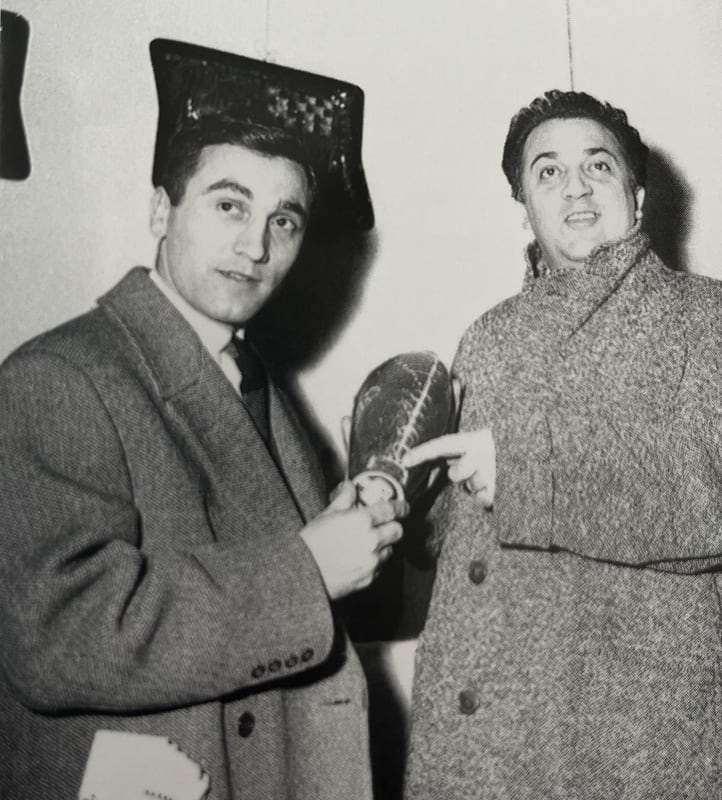Carlo Zauli (1926-2002) stands among the most significant figures of postwar Italian art, a sculptor and ceramist who elevated clay from its decorative and utilitarian role into a language of profound artistic expression. Trained in Faenza, a city synonymous with ceramics, Zauli absorbed both the weight of tradition and the spirit of innovation that defined the postwar years. His early work in majolica, irregular vases of striking asymmetry, bold forms, and radiant glazes - announced an artist unwilling to remain bound by convention. Recognition came swiftly, with victories at the Premio Faenza in 1953, 1958, and 1962, securing his place at the forefront of Italy's ceramic revival and attracting international acclaim.
From the mid-1950s onward, Zauli decisively transitioned from majolica to stoneware, a choice that aligned him with sculpture rather than craft and propelled him into the plastic debates of his time. His work began to oscillate between the organic and the geometric, between biomorphic freedom and the rigor of pure form. Technical invention was central to his practice, exemplified by the luminous "Bianco Zauli" glaze, and his monumental commissions including the great frieze for the Baghdad Palace (1958) and the State Printing Office in Kuwait (1961), demonstrated his ability to unite material mastery with architectural scale. Closely associated with artists such as Lucio Fontana, Nanni Valentini, and the Pomodoro brothers, Zauli helped redefine the boundaries between sculpture, ceramics, and contemporary art.
Over the following decades, Zauli exhibited extensively across Europe, the United States, Japan, and Russia, with major solo shows in Madrid, Düsseldorf, Osaka, Helsinki, Moscow, and New York. His retrospectives, held in institutions such as the Museo Internazionale della Ceramica in Faenza, the National Museum of Modern Art in Tokyo, and the Musées Royaux d'Art et d'Histoire in Brussels, further solidified his international stature. After his death in 2002, the Carlo Zauli Museum was established in his former studio in Faenza, ensuring the continuation of his legacy. Today, his works reside in over forty museum collections worldwide, a testament to an artist who liberated ceramics from tradition, forging a sculptural language of exceptional power, elegance, and lasting influence.

